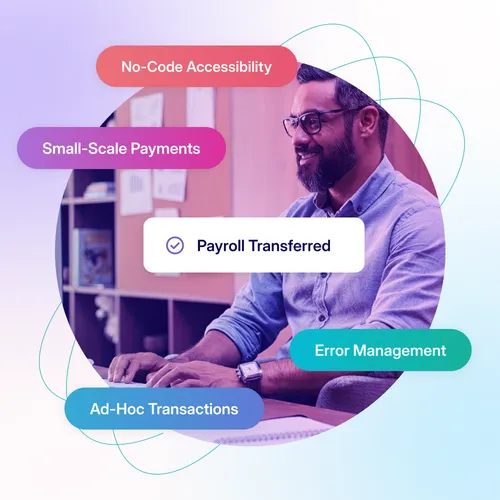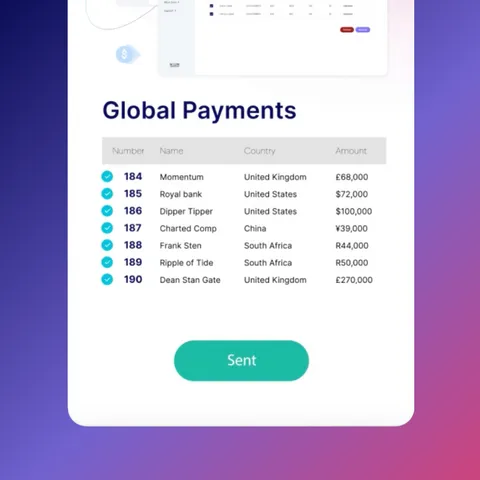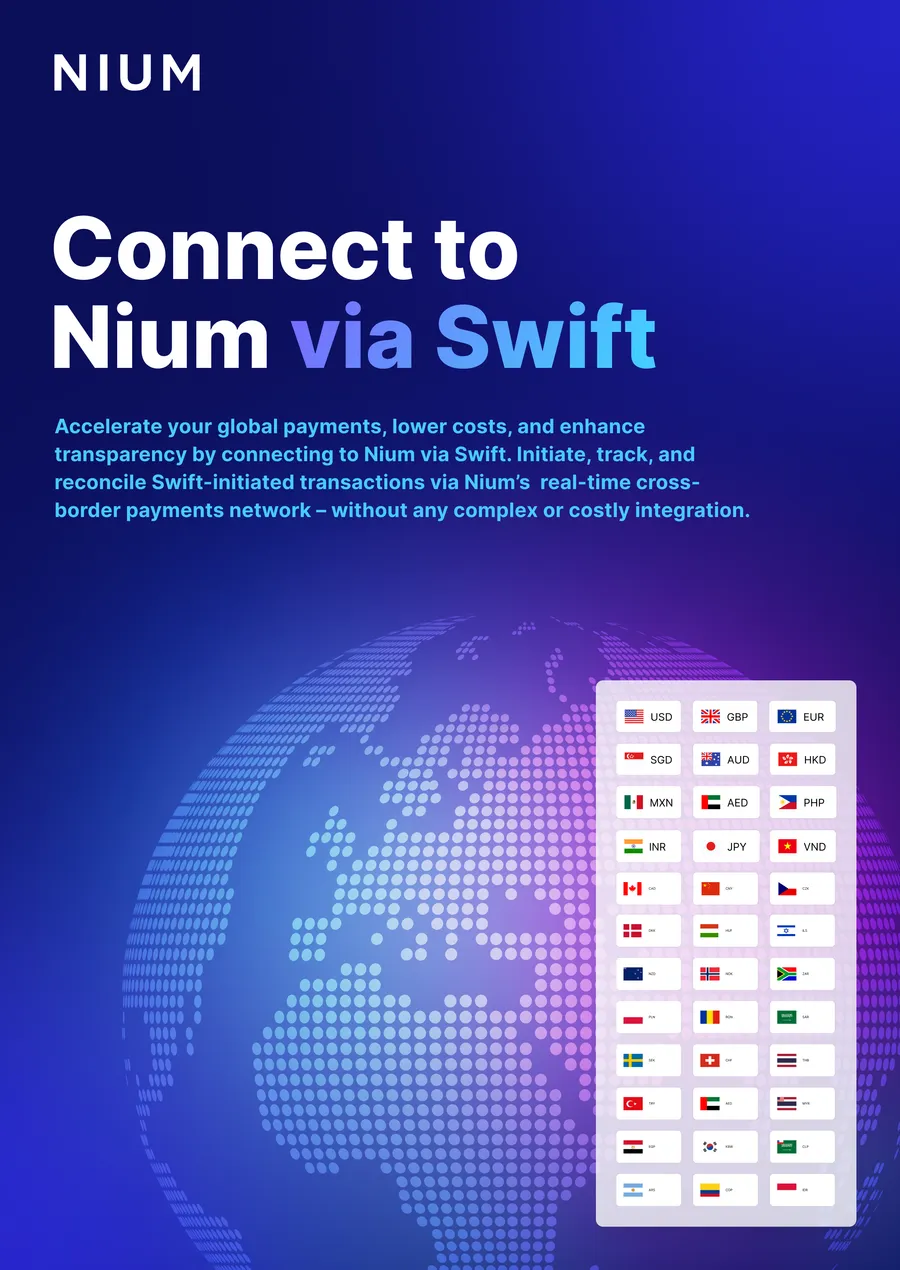The Covid-19 pandemic has irreversibly changed payment behaviours. The rise in digital payments and resulting facilitation of international transactions are undeniably good things, but without consistent, global infrastructure to support this shift, payment systems will lag, and businesses will lose money. Here are three ways infrastructure can change to catch up with the advances we’ve already seen, and support sustainable innovation in the years to come:
Go Global
When considered from a global perspective, existing payments infrastructure is fragmented, inconsistent, and inadequate to the task of facilitating quick, easy international money movement at scale. Different systems exist in different parts of the world, and they’re not always designed to work together. This failure of interoperability can make processing payments feel like trying to work with someone who doesn’t speak the same language as you—frustrating.
That’s why in the US, Nium is creating the largest network of domestic real-time payment rails and offering it as a collective real-time payment network to clients. We make it possible to use card networks to manage global funds disbursement for expenses management, payments, loyalty rewards, and more. And because we know the payments space is going to continue to evolve, we’re expanding that network constantly to keep ahead of the curve.
As companies enter new markets and the workforce continues to grow across regions, the new wave of company cards will also need to be globally accessible to provide interoperability and ease of use. New infrastructure such as customised cards that enable monitoring of spending will allow employees to do their jobs better, and businesses to expand across borders while keeping track of their costs.
Put Tech First
Legacy tech and architecture lay hidden under the hoods of many shiny core banking and payment platforms. The problem with that is, just like if you were driving a nice-looking car with shoddy parts, sooner or later it’s going to break down.
A lot of companies are still running on decade-old systems when it comes to their internal business applications, which makes them considerably less efficient and effective in their day-to-day operations, while many vendors are running legacy systems whose inadequacies are directly visible to consumers.
While fintech companies are trying to get around the problem with new innovation, they’re usually only able to tackle individual issues, and there will always be something else in the chain that’s liable to need attention.
A real, long term solution needs to be more holistic, and following the upheavals of the Covid pandemic, a full digital transformation is imperative to make sure that everyone—from companies to customers—enjoys frictionless payments.
It can be tempting to stick with the status quo and try to save money by fixing only isolated parts of a broken system as individual problems arise, but with that approach the break downs will just keep coming. Over time this will be much more expensive, and exhausting, than retiring that tired old legacy system in favour of one designed to keep up with a global, digital, post-covid world.
The solution is for businesses to adopt up-to-date systems that are simple, scalable, and seamless. As markets grow, global interoperability in payments infrastructure is becoming more important than ever. Only modern, flexible, end-to-end tech can ensure a smooth ride as we inevitably meet more bumps in the road.
Make it Simple, Seamless, and Scalable
Tempting as it is to ignore the problem, we have to face it: Payments are lagging behind other services, and that’s an issue for everybody. The solution is to reimagine the whole system, and acknowledge the need for payments that are simple, seamless and scalable.
We all know that the value of a payment goes down as the time it takes to receive it goes up. That means that slow, complex systems are actively losing companies money, not to mention the costs of fixing them when they fail.
In specific sectors, the popularity of innovations such as neo-banks and embedded payments makes a strong case that simple, accessible payments are both efficient, and attractive to customers, and that’s a logic that can be applied across the board when it comes to payments infrastructure.
But it’s also imperative that any new innovation is scalable, and that systems are able to talk to each other to ensure seamless transactions moving forward. The next fifty years are going to see many more unprecedented changes in the way we live and do business. That’s why companies need to adopt modern payments systems that are designed to adapt to new challenges as they arise.




.png@webp)



.png@webp)



